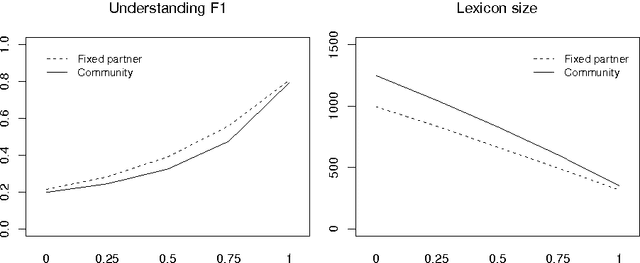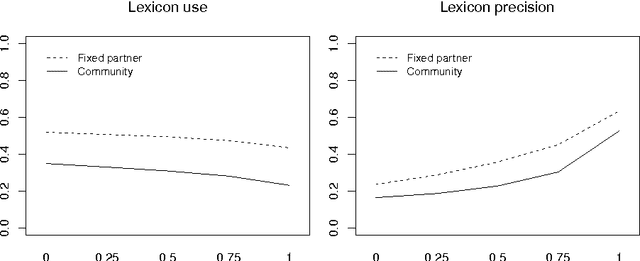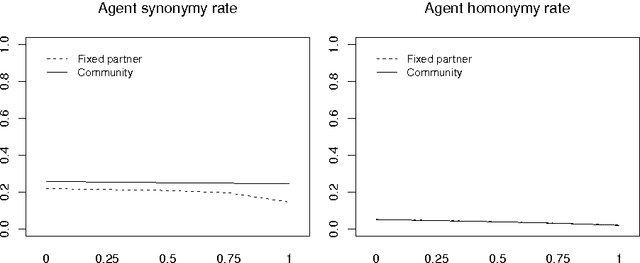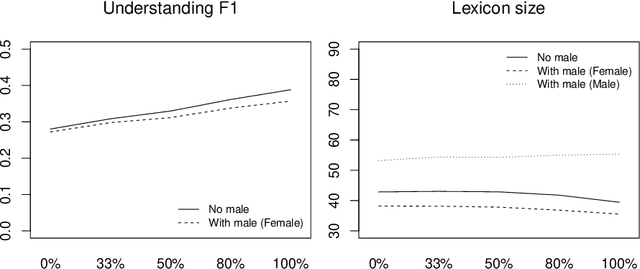Carl Vogel
The Proof is in the Pudding: Using Automated Theorem Proving to Generate Cooking Recipes
Mar 05, 2022



Abstract:This paper presents FASTFOOD, a rule-based Natural Language Generation Program for cooking recipes. Recipes are generated by using an Automated Theorem Proving procedure to select the ingredients and instructions, with ingredients corresponding to axioms and instructions to implications. FASTFOOD also contains a temporal optimization module which can rearrange the recipe to make it more time-efficient for the user, e.g. the recipe specifies to chop the vegetables while the rice is boiling. The system is described in detail, using a framework which divides Natural Language Generation into 4 phases: content production, content selection, content organisation and content realisation. A comparison is then made with similar existing systems and techniques.
English Machine Reading Comprehension Datasets: A Survey
Jan 25, 2021



Abstract:This paper surveys 54 English Machine Reading Comprehension datasets, with a view to providing a convenient resource for other researchers interested in this problem. We categorize the datasets according to their question and answer form and compare them across various dimensions including size, vocabulary, data source, method of creation, human performance level, and first question word. Our analysis reveals that Wikipedia is by far the most common data source and that there is a relative lack of why, when, and where questions across datasets.
Chasing the Ghosts of Ibsen: A computational stylistic analysis of drama in translation
Jan 05, 2015

Abstract:Research into the stylistic properties of translations is an issue which has received some attention in computational stylistics. Previous work by Rybicki (2006) on the distinguishing of character idiolects in the work of Polish author Henryk Sienkiewicz and two corresponding English translations using Burrow's Delta method concluded that idiolectal differences could be observed in the source texts and this variation was preserved to a large degree in both translations. This study also found that the two translations were also highly distinguishable from one another. Burrows (2002) examined English translations of Juvenal also using the Delta method, results of this work suggest that some translators are more adept at concealing their own style when translating the works of another author whereas other authors tend to imprint their own style to a greater extent on the work they translate. Our work examines the writing of a single author, Norwegian playwright Henrik Ibsen, and these writings translated into both German and English from Norwegian, in an attempt to investigate the preservation of characterization, defined here as the distinctiveness of textual contributions of characters.
* 6 pages
Establishing linguistic conventions in task-oriented primeval dialogue
Mar 02, 2012



Abstract:In this paper, we claim that language is likely to have emerged as a mechanism for coordinating the solution of complex tasks. To confirm this thesis, computer simulations are performed based on the coordination task presented by Garrod & Anderson (1987). The role of success in task-oriented dialogue is analytically evaluated with the help of performance measurements and a thorough lexical analysis of the emergent communication system. Simulation results confirm a strong effect of success mattering on both reliability and dispersion of linguistic conventions.
* 8 pages, 5 figures. In proceedings of the COST 2102 International Conference, Budapest, Hungary, September 7-10, 2010, Revised Selected Papers
Modelling Social Structures and Hierarchies in Language Evolution
Mar 02, 2012



Abstract:Language evolution might have preferred certain prior social configurations over others. Experiments conducted with models of different social structures (varying subgroup interactions and the role of a dominant interlocutor) suggest that having isolated agent groups rather than an interconnected agent is more advantageous for the emergence of a social communication system. Distinctive groups that are closely connected by communication yield systems less like natural language than fully isolated groups inhabiting the same world. Furthermore, the addition of a dominant male who is asymmetrically favoured as a hearer, and equally likely to be a speaker has no positive influence on the disjoint groups.
* 14 pages, 3 figures, 1 table. In proceedings of AI-2010, The Thirtieth SGAI International Conference on Innovative Techniques and Applications of Artificial Intelligence, Cambridge, England, UK, 14-16 December 2010
Emoticonsciousness
Nov 12, 2010



Abstract:A temporal analysis of emoticon use in Swedish, Italian, German and English asynchronous electronic communication is reported. Emoticons are classified as positive, negative and neutral. Postings to newsgroups over a 66 week period are considered. The aggregate analysis of emoticon use in newsgroups for science and politics tend on the whole to be consistent over the entire time period. Where possible, events that coincide with divergences from trends in language-subject pairs are noted. Political discourse in Italian over the period shows marked use of negative emoticons, and in Swedish, positive emoticons.
 Add to Chrome
Add to Chrome Add to Firefox
Add to Firefox Add to Edge
Add to Edge